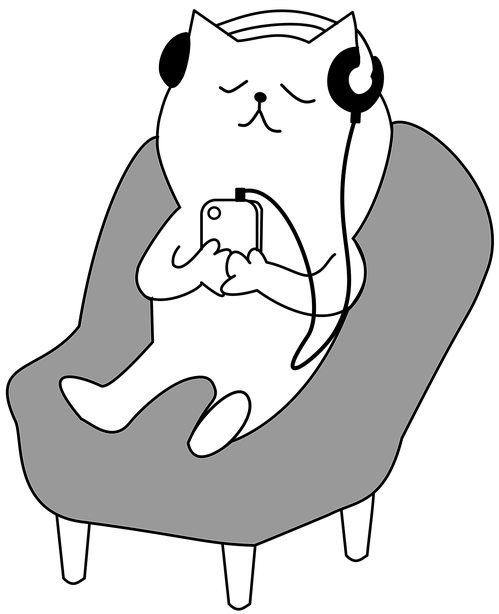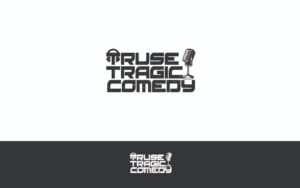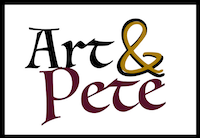
The 23-year-old, who is currently in her final year at BIMM (British and Irish Modern Music) in Dublin and is hoping one day to be a secondary school teacher, says she has felt anxious for as long as she can remember and this was possibly triggered by the death of her mother when she was a toddler.
“I don’t remember how my anxiety and stress started,” she says. “I know I was very young - maybe about seven – and I remember being full of self-doubt and I had a very poor image of myself which seemed to have developed over time. I think the trigger was definitely a lot of life changes I experienced such as the death of my mom when I was about two years old and then coping with all of the changes which were taking place over the following years.
“My dad moved my siblings and I back to Ireland from the US and I think starting school and realising that other people had a different family dynamic to us really hit home for me. So I guess it manifested itself as trichotillomania because I couldn’t express these things. I didn’t even know they were affecting me so it did happen over time and actually reached a stage where it was very obvious and noticeable before I even knew what was happening.”
Dealing with traumatic life changes, the young girl began pulling out her own hair without even realising she was doing it and before long she had bald patches which were noticeable to others.
“I started pulling hair out of my eyelashes, eyebrows, off my head and from my arms and legs,” she says. “I was quite young when I began doing it and it was gradual so I didn’t even know what I was doing. I only realised it was a problem when other people noticed big gaps in my eyelashes and eyebrows. No one really knew what it was or how to deal with it other than to tell me to stop. But without an understanding of what it actually was, I felt quite isolated and misunderstood.
“I didn’t – and still don’t – notice that I am doing it and find that I almost zone out when it happens, similarly to biting your nails. I still do it quite habitually – not so much that people would notice but when I’m stressed out I always find that I’ll look in the mirror and see a big gap in my eyelashes from when an episode happened or I’ll be pulling them out not really noticing and suddenly there’s a clump of eyelashes in my hand and I realise what I’ve done. It occurs daily and is something I do when I watch TV, read a book or am on my computer – and because it’s a habit it gets worse when stress or anxiety kicks in.”
The musician, who divides her time between Dublin and Cork, says while the hair pulling doesn’t cause actual pain, the results can be unsightly.
“It doesn’t really hurt – there’s a little tingle after you’ve done it but that’s about it and I think that’s why it’s easy to continue without realising and I still do it instinctually when I’m stressed,” she admits.
“I thought I had it under control but because I didn’t properly deal with the root causes, it manifested again and showed up as social anxiety and bulimia. So now finally I’m trying to work on the root problems to help myself fully recover and prevent these problems coming back.
Thursday 24 October 2019. Clodagh O’Sullivan for case study (Near BIMM on Francis St. D8)
“I’m lucky enough that it hasn’t caused any lasting physical affects. But I remember when it was at its worst I had basically no eyelashes left and had gaps in my eyebrows and a very small patch missing under my hair which luckily wasn’t too noticeable. I asked family members at the time if they thought it would grow back but no one knew. I’d done it so often that we had no idea if it would be permanent or not but luckily the hair has always grown back.”
As the underlying reason for pulling out her own hair stems from anxiety, the young woman has needed to seek professional help in order to stop herself from doing it.
“I went to an art therapist when my family first realised what was going on and that helped a lot as I think it was a good way to introduce therapy to younger people,” she says.
“I was also lucky that they were aware of the fact that the problem wasn’t just about hair-pulling because not everyone did back then or even does to this day. In fact, I didn’t even know it had a name until I was watching TV one day and someone else said they did it and called it trichotillomania. So giving it a name made me realise it really wasn’t just me being strange or weird, it was a problem which was recognised.
“CBT – Cognitive Behavioural Therapy – is definitely something I’d recommend although I still find difficult to do and, more importantly, to stick to. But finding the patterns of when it happens makes you see that there is always a reason why. It basically involves trying to notice that you are pulling your hair out, then take note of what has happened that day and the feelings you had – and also to try to train the brain to deal with those emotions differently. It’s all about being aware.”
Although she is more in control of the condition these days, Clodagh says it is always there under the surface and she would encourage anyone else who is going through the same thing to seek help and make sure to open up about anxiety.
“I have it more under control these days but even now, sometimes my friends and family will point out if they see me doing it as it’s important to make me aware that it is happening,” she says.
“So while I would recommend therapy to anyone else who is going through this, I would also encourage them to talk to someone – as this will show you that you aren’t alone in it and you have someone to support you with no bias of the situation.
“And, of course, for me music was also a release in helping me to stop – so I would definitely recommend finding something you’re passionate about to relieve stress.”
Current research estimates that 1-2pc of the population has this disorder so it affects one to two people in every 100.
According to the HSE, trichotillomania, otherwise known as Trich or TTM, is often a reflection of a mental health problem and psychological and behavioural theories suggest that the hair pulling may be a way to relieve stress or anxiety.
“Trichotillomania may be seen as a type of self-harm as a means of seeking temporary relief from emotional distress,” says a spokesperson for the HSE. “The pain associated with self-harm makes the brain release endorphins (natural painkilling chemicals), which cause a short-lived sense of well-being. And this self-harm is often accompanied by feelings of self-loathing, guilt, low self-esteem, low mood and anxiety.”
People with the condition pull hair from their scalp, eyelashes, eyebrows, underarm, legs, arms, genital area and face - and while the pulling is caused by an intense urge, many will feel temporary relief afterwards.
But while it can be triggered in response to a stressful situation, many, like Clodagh, are unaware that they are doing it.
The facts about Trichotillomania
⬤ Trichotillomania is not very common and affects between one and two people in every 100.
⬤ It appears to affect more women than men, but this may be down to the fact that more females than males have looked for support.
⬤ The condition often develops in pre or early adolescent years – with many starting at 12 years of age. But it can affect people of any age.
⬤ Sometimes people with trichotillomania will have other related mental disorders, such as an anxiety disorder, a mood disorder such as depression, a personality disorder, an obsessive compulsive disorder, an eating disorder or a substance misuse disorder such as alcoholism or drug misuse.
⬤ Anyone worried they may be suffering from trichotillomania should seek help from their GP.
⬤ For more information visit ocdireland.org
Irish Independent






